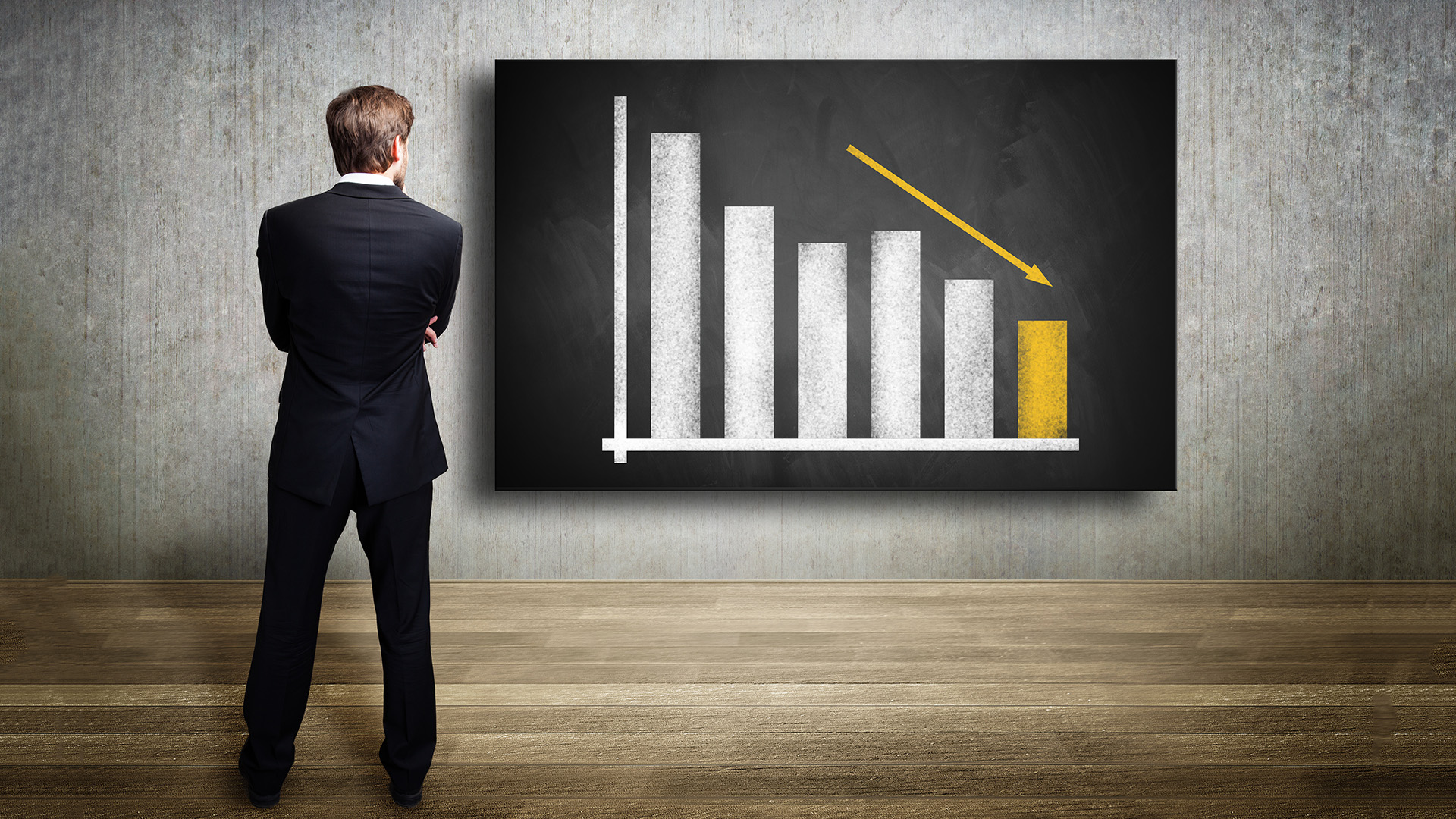The Aussie dollar briefly regained the 80 US cent mark overnight Wednesday, a six month high as the weakness in the US currency continued.
The US currency was unwanted despite an accelerating selloff in cryptocurrencies, especially in Asia – down 20% and more overnight.
The Aussie though rose sharply reaching 80.17 US cents and then turned lower to trade around 79.95 US cents in early Asian trading afer the European Central Bank tried some ‘jawboning’ to limit the surge in the euro against the greenback.
The rise in the Aussie, if sustained will hit exports, ease pressure on import costs (such as oil) and inflationary pressures in the economy.
The US dollar sold off in 2017 – that was one of the trends forecasters missed for most of the year who reckoned the dollar weakness would be reversed by the much-Trumpeted US corporate and other tax cuts, as well as the expected rate rises from the US Fed.
The greenback’s decline has continued into 2018, with the index measuring the currency against its leading peers touching a three-year low this week.
The euro, which rose by as much as 2.7% since the start of the year, but dropped sharply from an intraday high of $1.2322 overnight Wednesday after a senior European Central Bank official warned of the dangers from the single currency’s sharp rise against the dollar.
The five rate rises so far from the Fed have had little impact on the dollar’s value (and on the value of the Aussie) than forecast.
The yield on two-year US Treasury notes is now above 2% for the first time since 2008 as the bond market expects the Federal Reserve may well revel three interest rate rises this year should tax reform help spur a faster rate of growth and higher inflation expectations.
Wall Street reversed overnight Wednesday with a solid gains of around 1%, while gold and oil gained as well.
Asian markets were weaker.
Hong Kong’s Hang Seng index fell 0.4% after ending Tuesday at a record closing high, beating a 2007 peak. Japanese shares eased from their highest level since 1991, with the Topix index dipping 0.3%.
Miners pulled Australian stocks lower as base metal prices fell. The ASX 200 was off 0.5% as BHP Billiton and Rio Tinto dipped 2.6% and 2.8%, respectively. But OZ Minerals rose 1% on a good 2017 production report. South Korea’s Kospi index was off half a per cent as well.













